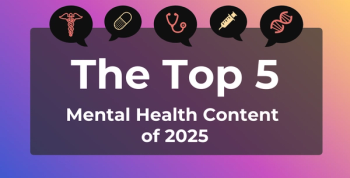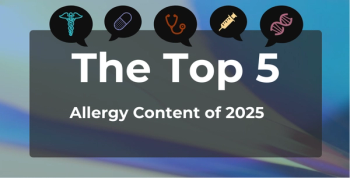
Oncology Care Model Promotes High-Quality, Cost-Conscious Cancer Treatment: Sophia Humphreys, PharmD, MHA, BCBBS
Although overall costs have not declined with the Oncology Care Model (OCM), supportive care costs have decreased through greater use of cost-effective therapies.
Since the launch of the Oncology Care Model (OCM), clinics have focused on linking clinical outcomes to the total
She discussed the OCM and other payment models during the panel "The Delicate Dance: When Payment Models Fall Short of Innovation" with fellow experts Aaron Lyss, MBA; Stuart Staggs, MSIE; David Johnson, MD, MPH; and Lalan Wilfong, MD.
This transcript has been lightly edited; captions were auto-generated.
Transcript
Since the launch of the OCM, how has the balance between controlling costs and achieving quality outcomes evolved?
Ever since the launch of the Oncology Care Model, it has brought a lot of emphasis on the link between clinical outcomes and the total cost of care. If we look at the CMS report, the clinics that participated in the Oncology Care Model, actually, their total cost of care did not reduce. However, the cost of supportive care for almost all of them started to reduce, which means that we are starting to use more biosimilars, and we are starting to really look at lower-cost, higher-quality, or equal-quality products that can treat our patients.
In the meantime, with the newer innovations coming to market, especially for cancer care, for example, bispecifics, [chimeric antigen receptor] T-cell therapy, and so forth, those medications, I'm starting to see what we call bundled payment, as well. It's not just OCM. I think OCM has opened the doors and has brought more focus on managed care.
With numerous drug pricing changes on the horizon, what adaptable payment models have you seen?
I have seen several of them. For example, one, there's a payment guarantee, which means that if the patient did not meet the criteria, the manufacturer would reimburse the payment.
Also, there's something called extended period response. Say, for example, I have a patient with [refractory multiple myeloma], and I have a contract for a specific product, with predetermined clinical outcomes for how long the patient would have the same outcome, for example, if the patient would not relapse for 12 months, 18 months, or longer. I've seen that type of contract as well.
Also, I read about this; I didn't see this. It's called a free second dose. I don't know how people would view this, but I've seen this type of offer: if the first dose did not work, then we'll give you a free second dose.
Newsletter
Stay ahead of policy, cost, and value—subscribe to AJMC for expert insights at the intersection of clinical care and health economics.







































